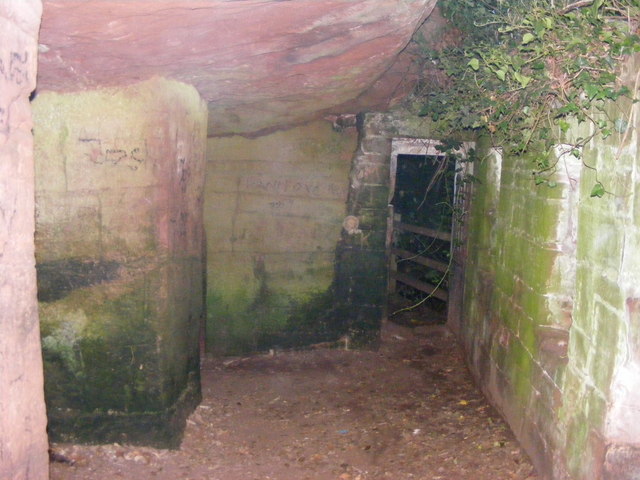Topics > Northumberland > Civil Parishes in Northumberland > Warkworth Civil Parish > Warkworth Parish, 1848
Warkworth Parish, 1848
WARKWORTH (St. Lawrence), an ancient borough and a parish, in the union of Alnwick, partly in the E. division of Coquetdale, and partly in the E. division of Morpeth, ward, N. division of Northumberland, 7 miles (S.E.) from Alnwick; containing 3,512 inhabitants, of whom 785 are in the township of Warkworth. This place is of great antiquity, and during the heptarchy was of considerable importance: a church was founded here in 736, by Ceolwulph, King of Northumbria, who is supposed to have granted the inhabitants a charter of incorporation, under the provisions of which the town still retains the privileges of a borough by prescription. In 1174, William the Lion, King of Scotland, taking up his head-quarters here, sent Earl Duncan, who commanded his army, to lay waste the adjacent country; and on the same day that William was defeated and taken prisoner at Alnwick, the earl, entering the town of Warkworth with his soldiers, set fire to it, and massacred the inhabitants without distinction of age or sex.
The baronial castle here, is thought to have been erected in the 11th century; and, on its forfeiture by the first earl of Northumberland, was granted to Roger de Umfraville, by Henry IV: it was restored, however, to the Percys, by Henry V. On subsequent attainders of the family, the castle was frequently forfeited to the crown, and became the property of various nobles, till the reign of Mary, when, in 1557, all the honours and estates appertaining to it were restored to Sir Thomas Percy, afterwards Earl of Northumberland, whose descendants are the present proprietors. The castle is now an interesting ruin, situated on a lofty eminence on the south side of the river Coquet, and commanding a splendid prospect over sea and land. It appears never to have been a favourite residence of the Percys. In 1608 the lead was stripped off the roofs of the towers in the inner court, then in a dilapidated state; and in 1810, the timber was removed and sold: the lead was subsequently taken from the keep; and of this once magnificent structure, little more than the walls are now remaining, which, however, from the excellence of the masonry, are likely to endure for centuries.
The town is at a small distance from the sea, and is almost encircled by a bend of the Coquet, over which is a bridge of two ribbed arches, built, it is supposed, about the year 1380, 20 marks having been previously bequeathed for the purpose by John Cooke, of Newcastle. At the south end of the bridge is a gateway tower of still more ancient date, through which the road passes. The town consists principally of three streets diverging from the market-cross; one of these forms an ascent to the castle, another leads to the bridge, and the third to the church: the houses are well built, and of modern appearance. A small fishery is carried on: five boats were formerly employed in it, and the number of fish taken averaged annually from 15,000 to 17,000; but, either from a change in the channel of the river, or the erection of a wear, and of a tin-plate manufactory, soon afterwards, about 6 miles higher up, the number of fish taken has been diminished to about 5000, chiefly salmon-trout of small size, and two boats only are employed. An act of parliament was lately obtained for improving the navigation of the river, under commissioners, by Mr. Browne, of Amble, one of the owners of a most extensive colliery. Upon this work, and in the erection of two breakwaters at the mouth of the river, upwards of £200,000 have been expended by that gentleman and his partners. From 50,000 to 60,000 tons of coal are yearly shipped from Warkworth; and as there is a virgin coal-field of 200 square miles in this part, it is supposed that, when the works now in progress are completed, the port will become of considerable note. The Newcastle and Berwick railway passes on the west, and has a branch of nearly five miles to the harbour. The market granted by King John, has long been discontinued; but a customary market for butchers' meat and provisions is held in the market-place every Saturday, and fairs are annually held on the second Thursday in May, the third Thursday in August, and the last Thursday in November. The chief privileges that remain of the ancient borough consist in 77 burgage tenures, the occupants of which have a right of pasture on the common for their cattle. A court leet is held by the steward of the Duke of Northumberland, annually, within 21 days after Michaelmas, at which a borough reeve, two moor grieves, constables, ale-tasters, bread-weighers, and other officers are appointed.
The parish comprises the townships of Amble, Acklington, Acklington-Park, Birling, Brotherwick, Bullock's-Hall, High and Low Buston, East and West Chevington, Gloster-Hill, Hadstone, Hauxley, Morwick, Sturton-Grange, Togston, Walkmill, and Warkworth. It extends about eight miles and a half from north to south, and about five from east to west; and comprises by computation 16,110 acres, whereof 892 are in Warkworth township, including 170 common or waste land. The substratum of the parish abounds with coal, ironstone, limestone, freestone, and whinstone, all of excellent quality.
The living is a vicarage, valued in the king's books at £18. 5. 7½.; net income, £528: patron and appropriator, the Bishop of Carlisle. The vicarial tithes of Warkworth township have been commuted for £78, and the appropriate for £103. The church is situated at the northern extremity of the town, near the river; it retains many details of Saxon architecture, and has a very handsome spire of more recent date, 108 feet in height, forming a conspicuous and interesting feature in the landscape. In the south-west angle of the church is the recumbent figure of a Knight Templar in armour, with a dog at the feet, and, in a panel in front, the inscription, "The effigies of Sir Hugh de Morwick who gave the common to the towne of Warkwarthe." In the churchyard, which is shaded with lime-trees, are numerous ancient monuments; and nearly adjoining it may be traced some foundations of a small Benedictine priory erected and endowed by Nicholas Farnham, Bishop of Durham, who died in 1257. There are places of worship for Wesleyans and Scottish Seceders.
About a mile west of the castle is an ancient hermitage, with a small chapel, hewn out of the solid rock, and supposed to have been the secluded retreat of one of the Bertram family. The chapel is 18 feet long, about 8 feet in width, and in close imitation of the early English style of architecture. The roof is groined, and rests on semi-hexagonal columns projecting from the walls. At the east end is the altar, to which is an ascent of two steps; and under a window in a recess at the south end, is formed a table-monument with the recumbent figure of a female, at the feet of which is that of a hermit, in a pensive attitude, the head reclining on the right hand, and the left hand placed across the breast. There are various other apartments, all cut out of the solid rock, among which is a kitchen, with a chamber over it; and above the hermitage is a garden, to which is an ascent by a winding staircase in the rock. Dr. Percy, Bishop of Dromore, author of the poem called the Hermit of Warkworth, says that the Percy family maintained a chantry priest to reside in the hermitage and celebrate mass in the chapel, and that, according to records still preserved, the last priest, whose appointment is dated Dec. 3rd, 1532, received an annual stipend of 20 marks, with pasture for cattle, and other perquisites. Warkworth gives the inferior title of Baron to the Duke of Northumberland.
Coquet Island, situated about one mile and a half from the mouth of the river, towards the south-east, is of ellipitical form, three-quarters of a mile in circumference, and comprises about 13 acres of good pasture land. It was the site of a Benedictine cell, subject to the priory of Tynemouth, and was a favourite resort of pilgrims during the time of St. Cuthbert; in the reign of Charles I., it was taken by the Scots, with 200 prisoners and seven pieces of cannon. Part of the ruins of the convent was converted, some years since, into a cottage for a family who had the care of a warren of Angola rabbits belonging to the Duke of Northumberland. Between the island and the shore is a roadstead for shipping, safe when entered, but difficult of entrance both on the north and the south from sunken rocks: a lighthouse was erected in the year 1841, with some houses for the light-keepers built on the site of the Benedictine cell.
Extract from: A Topographical Dictionary of England comprising the several counties, cities, boroughs, corporate and market towns, parishes, and townships..... 7th Edition, by Samuel Lewis, London, 1848.

Co-Curate Page
Warkworth
- Overview History Map Street View Warkworth is a village in Northumberland situated in a loop of the River Coquet about 1 mile from the coast. The village's medieval history is …

Co-Curate Page
Warkworth Castle
- Overview About Warkworth Castle Map Street View Warkworth Castle is a well preserved medieval castle which is cared for by English Heritage. The castle is located by a loop in …
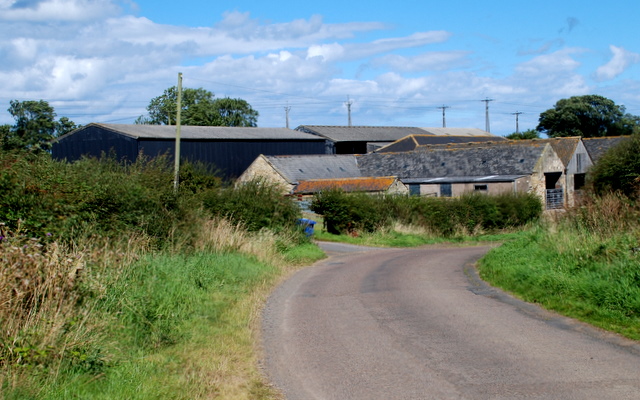
Co-Curate Page
Brotherwick
- Overview Map Street View Brotherwick Farm is located about a mile west of Warkworth in Northumberland. Brotherwick is the site of the deserted medieval village, which was first recorded in …

Co-Curate Page
Amble Township, 1848
- AMBLE, a township, in the parish of Warkworth, union of Alnwick, E. division of Coquetdale ward, N. division of Northumberland, 9 miles (S.E.) from Alnwick; containing 724 inhabitants. The village …

Co-Curate Page
Togston Township (Warkworth Parish), 1848
- TOGSTON, a township, in the parish of Warkworth, union of Alnwick, E. division of Coquetdale ward, N. division of Northumberland, 10 miles (S.E. by S.) from Alnwick; containing 151 inhabitants. …
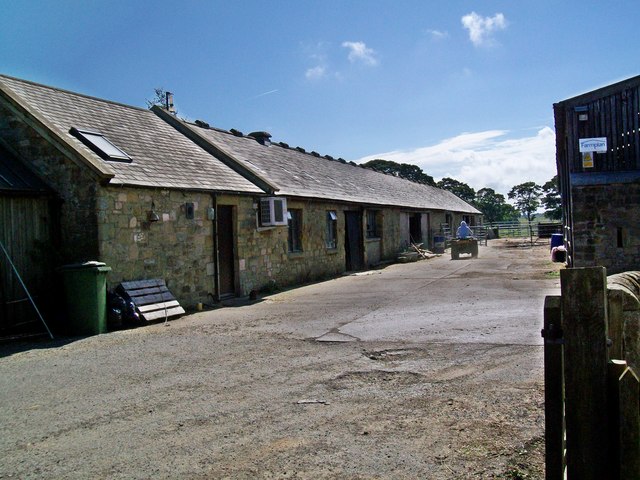
Co-Curate Page
Morwick
- Overview Map Street View Morwick (sometmes spelt Morrick) is a hamlet which is located by the River Coquet, about 1 mile south-west of Warkworth in Northumberland. There is a dairy …
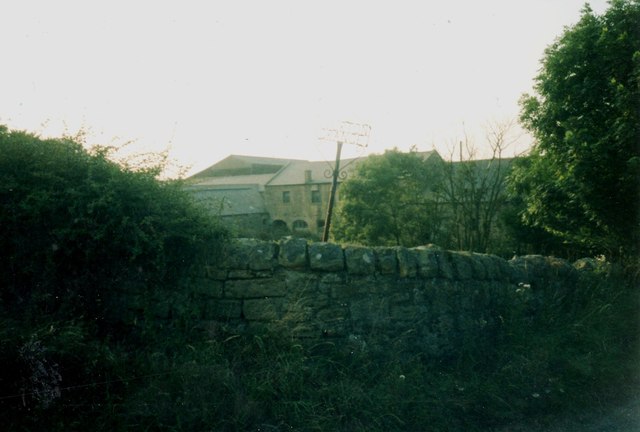
Co-Curate Page
Sturton Grange
- Overview Map Street View Sturton Grange is a hamlet in Northumberland, located about 2 miles north-west of Warkwork. Historically the grange (farm) was owned by the Cistercian Abbey at Newminster. …
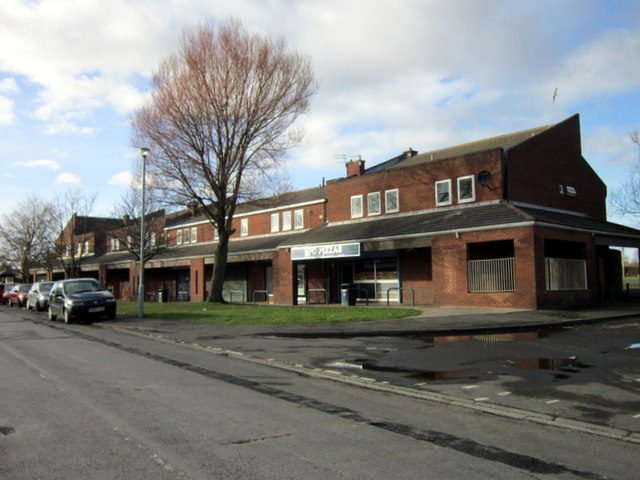
Co-Curate Page
Hadston
- Overview About Hadson Map Street HADSTON, a township, in the parish of Warkworth, union of Morpeth, E. division of Morpeth ward, N. division of Northumberland, 11 miles (N.N.E.) from Morpeth; …

Co-Curate Page
Hauxley Township, 1848
- HAUXLEY, a township, in the parish of Warkworth, union of Alnwick, E. division of Coquetdale ward, N. division of Northumberland, 10½ miles (S.E.) from Alnwick; containing 457 inhabitants, partly fishermen. …
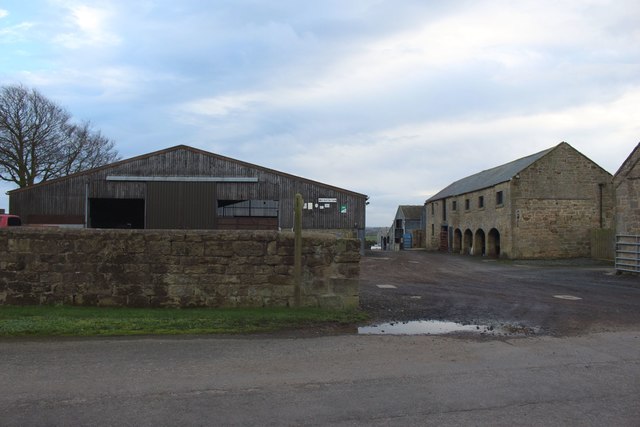
Co-Curate Page
High Buston
- BUSTON, HIGH, a township, in the parish of Warkworth, union of Alnwick, E. division of Coquetdale ward, N. division of Northumberland, 4¾ miles (S.E.) from Alnwick; containing 100 inhabitants. It …
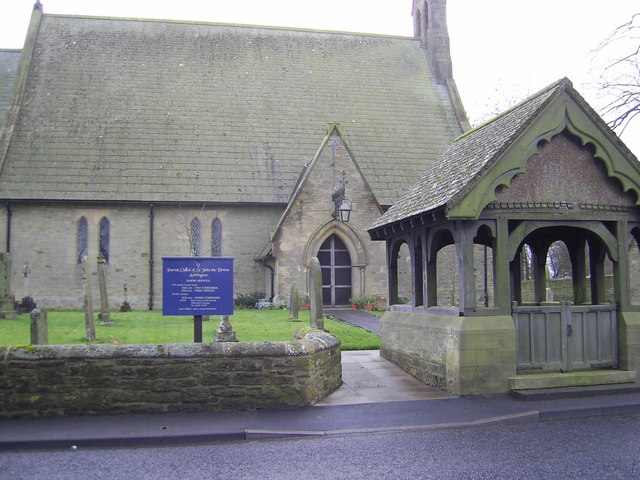
Co-Curate Page
Acklington
- Overview About Map Street View Acklington is a village in Northumberland, located about 10 miles north of Morpeth and 2½ miles south-west of Amble. Historically, Acklington was a township in …
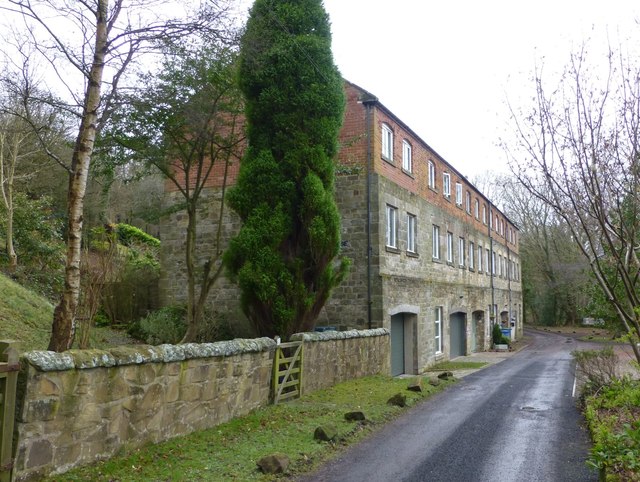
Co-Curate Page
Acklington Park
- Acklington Park is a distributed hamlet in Northumberland, which includes Acklington Park Farm, located about a mile north west of the village of Acklington. Acklington Park was established as a …
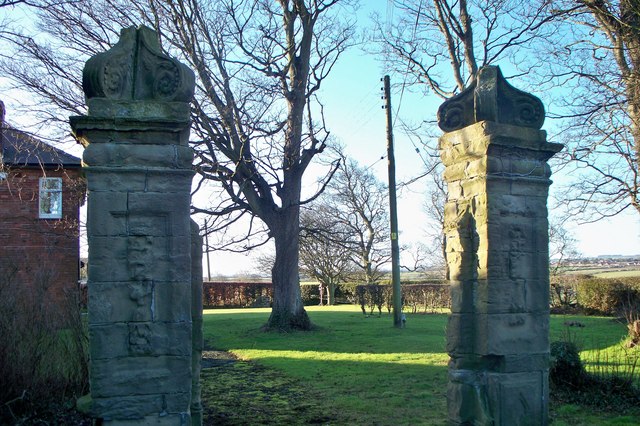
Co-Curate Page
Gloster Hill, Amble
- Overview Map Street View GLOSTER-HILL, a township, in the parish of Warkworth, union of Alnwick, E. division of Coquetdale ward, N. division of Northumberland, 8½ miles (S.E.) from Alnwick; containing …
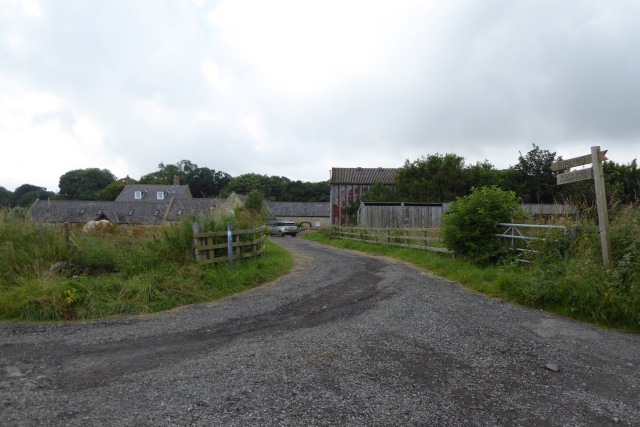
Co-Curate Page
Birling
- Overview Map Street View Birling is a hamlet located immediately north of Warkworth in Northumberland. Birling is on the A1068 road and close to the River Coquet. Hidden from view …
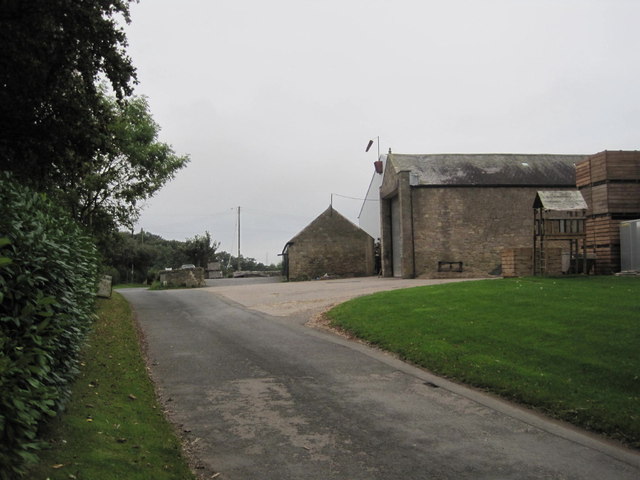
Co-Curate Page
Low Buston
- Overview Map Street View Low Buston is a hamlet in Northumberland, located about a mile and a half north-west of Warkworth and 2 miles south-east of Shilbottle. The hamlet today …


Co-Curate Page
Warkworth
- Overview History Map Street View Warkworth is a village in Northumberland situated in a loop of the River Coquet about 1 mile from the coast. The village's medieval history is …

Co-Curate Page
Warkworth Castle
- Overview About Warkworth Castle Map Street View Warkworth Castle is a well preserved medieval castle which is cared for by English Heritage. The castle is located by a loop in …

Co-Curate Page
Brotherwick
- Overview Map Street View Brotherwick Farm is located about a mile west of Warkworth in Northumberland. Brotherwick is the site of the deserted medieval village, which was first recorded in …

Co-Curate Page
Amble Township, 1848
- AMBLE, a township, in the parish of Warkworth, union of Alnwick, E. division of Coquetdale ward, N. division of Northumberland, 9 miles (S.E.) from Alnwick; containing 724 inhabitants. The village …

Co-Curate Page
Togston Township (Warkworth Parish), 1848
- TOGSTON, a township, in the parish of Warkworth, union of Alnwick, E. division of Coquetdale ward, N. division of Northumberland, 10 miles (S.E. by S.) from Alnwick; containing 151 inhabitants. …

Co-Curate Page
Morwick
- Overview Map Street View Morwick (sometmes spelt Morrick) is a hamlet which is located by the River Coquet, about 1 mile south-west of Warkworth in Northumberland. There is a dairy …

Co-Curate Page
Sturton Grange
- Overview Map Street View Sturton Grange is a hamlet in Northumberland, located about 2 miles north-west of Warkwork. Historically the grange (farm) was owned by the Cistercian Abbey at Newminster. …

Co-Curate Page
Hadston
- Overview About Hadson Map Street HADSTON, a township, in the parish of Warkworth, union of Morpeth, E. division of Morpeth ward, N. division of Northumberland, 11 miles (N.N.E.) from Morpeth; …

Co-Curate Page
Hauxley Township, 1848
- HAUXLEY, a township, in the parish of Warkworth, union of Alnwick, E. division of Coquetdale ward, N. division of Northumberland, 10½ miles (S.E.) from Alnwick; containing 457 inhabitants, partly fishermen. …

Co-Curate Page
High Buston
- BUSTON, HIGH, a township, in the parish of Warkworth, union of Alnwick, E. division of Coquetdale ward, N. division of Northumberland, 4¾ miles (S.E.) from Alnwick; containing 100 inhabitants. It …

Co-Curate Page
Acklington
- Overview About Map Street View Acklington is a village in Northumberland, located about 10 miles north of Morpeth and 2½ miles south-west of Amble. Historically, Acklington was a township in …

Co-Curate Page
Acklington Park
- Acklington Park is a distributed hamlet in Northumberland, which includes Acklington Park Farm, located about a mile north west of the village of Acklington. Acklington Park was established as a …

Co-Curate Page
Gloster Hill, Amble
- Overview Map Street View GLOSTER-HILL, a township, in the parish of Warkworth, union of Alnwick, E. division of Coquetdale ward, N. division of Northumberland, 8½ miles (S.E.) from Alnwick; containing …

Co-Curate Page
Birling
- Overview Map Street View Birling is a hamlet located immediately north of Warkworth in Northumberland. Birling is on the A1068 road and close to the River Coquet. Hidden from view …










